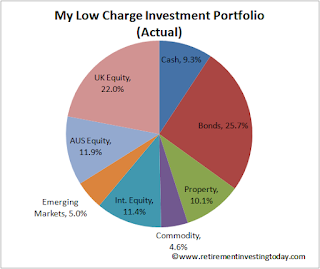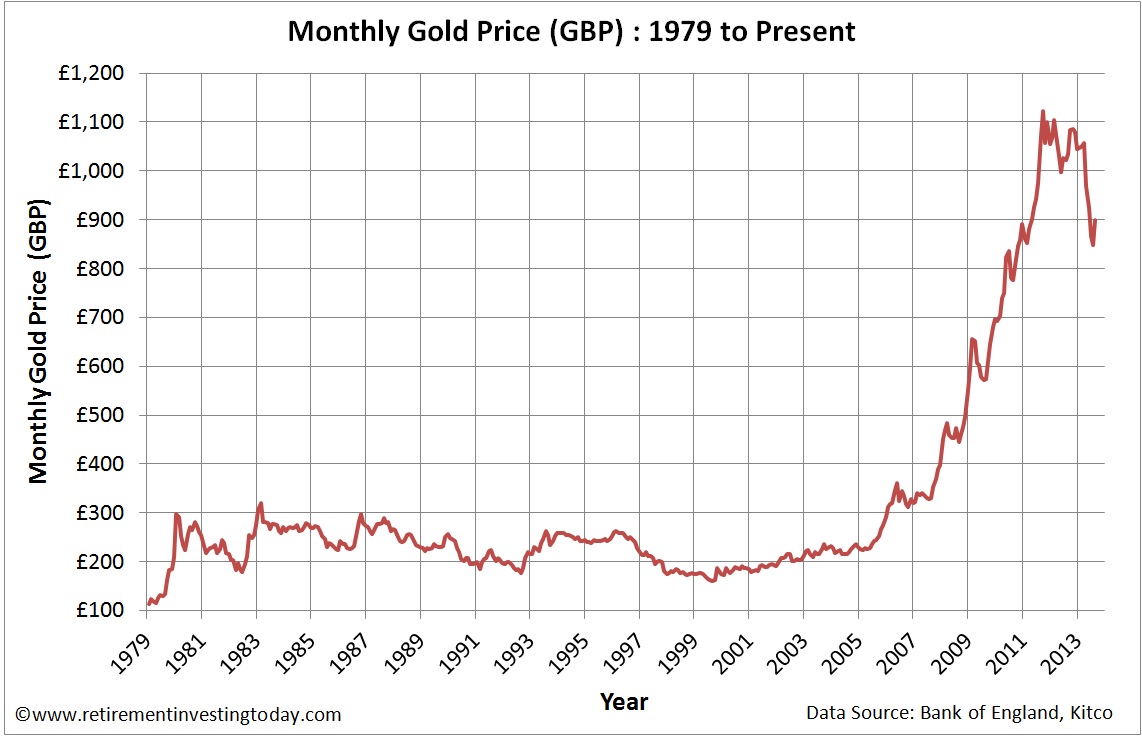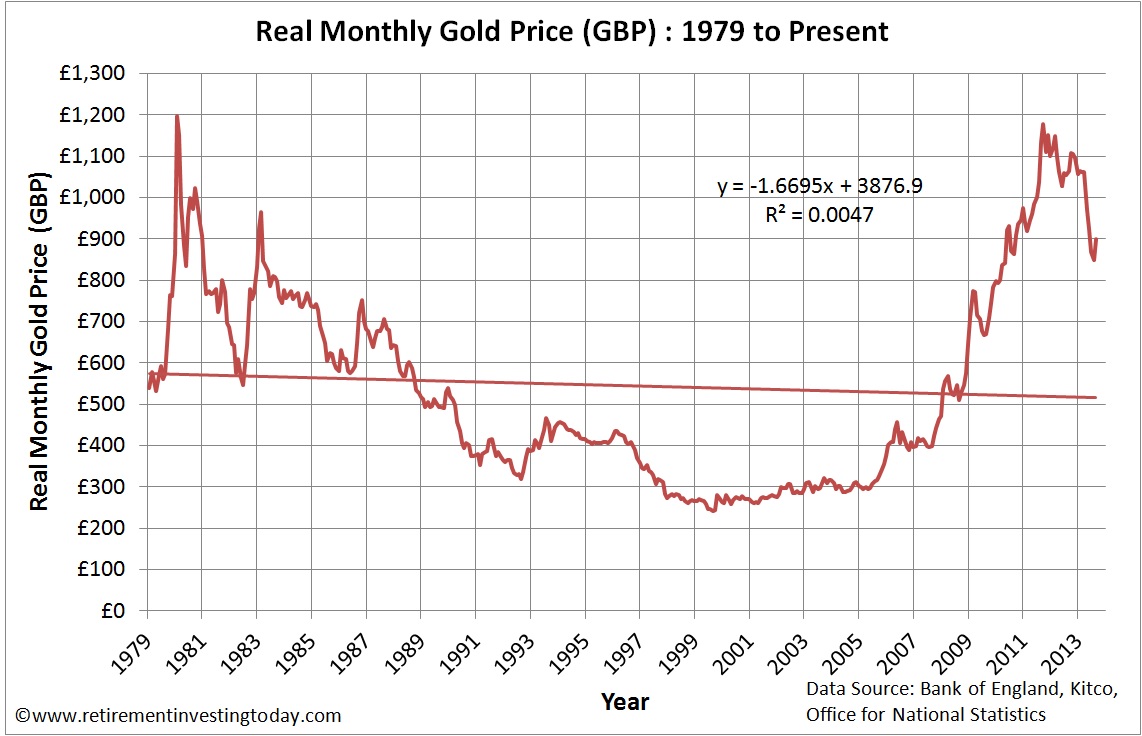Think of a tax haven any tax haven. Where did you come up with? I bet many of you immediately thought of that fabulous tax haven for the rich - Monaco. Some of you probably also came up with tax havens such as Andorra, The Bahamas, The Cayman Islands, Costa Rica, Panama and even Switzerland. Did you think of any others? How about the United Kingdom? Now before you go spitting back into your tea bear with me here for a minute.
If you go out and work hard for a living as an Average PAYE Joe then I'm firmly with your current scoffing. These guys and girls are I agree taxed heavily here in the UK. 20%, 40% and 45% are the well known tax rates. On top of this you have the less well known effective 60% tax rate that is in play once you earn a £100,000 until you've lost all your personal tax-free allowance. We also shouldn't forget about 12% employee and 13.8% employer national insurance contributions which are just taxes via another name and which add onto those well known tax rates. It’s a very tax hungry country for a worker.
Let’s however now enter the world of FIRE (financially independent retired early) or even just Retired. What can you now ‘earn’ and not pay tax on (of course these rules also apply to PAYE workers):
If you go out and work hard for a living as an Average PAYE Joe then I'm firmly with your current scoffing. These guys and girls are I agree taxed heavily here in the UK. 20%, 40% and 45% are the well known tax rates. On top of this you have the less well known effective 60% tax rate that is in play once you earn a £100,000 until you've lost all your personal tax-free allowance. We also shouldn't forget about 12% employee and 13.8% employer national insurance contributions which are just taxes via another name and which add onto those well known tax rates. It’s a very tax hungry country for a worker.
Let’s however now enter the world of FIRE (financially independent retired early) or even just Retired. What can you now ‘earn’ and not pay tax on (of course these rules also apply to PAYE workers):
- From 06 April 2016 the personal tax-free allowance for earnings will be £10,800. The Tories have also stated that they will increase this to £12,500 by April 2020. Only after that are we into the 20%, 40% and 45% tax discussion. Our retiree's pension drawdown will be considered earnings so will be taxed according to this.
- From 06 April 2016 the current Dividend Tax Credit will be replaced by a new £5,000 Dividend Allowance meaning you will be tax-free on the first £5,000 of your dividend income no matter what non-dividend income you have. So let’s say our retiree has non-tax sheltered shares that are giving 4% in dividends per year. They could have share wealth of up to £125,000 outside any tax shelter and be tax free on all the dividends.
- Similarly from 06 April 2016 a tax-free Personal Savings Allowance of £1,000 (or £500 for higher rate taxpayers) on the interest that you earn on your savings will come into play. At current interest rates that allows a lot of capital in savings accounts outside tax shelters before tax comes anywhere near. Perfect for somebody like myself who intends to live off the dividends in FIRE and needs a cash buffer.
- On top of this you can also take whatever you've accrued within your ISA’s tax free. This could be a substantial sum. I started investing in ISA’s late and even though I’ll FIRE relatively early I still expect my ISA pot to be £150,000 or so at the point of FIRE. Take 4% in dividends/interest/capital from there and you have another £6,000 or so of ‘income’.
- If you need to do any non-tax sheltered tinkering then also don’t forget about the capital gains tax-free allowance. That’s another £11,100 for tax year 2015/2016.
- Then finally the icing on the cake. Our retiree is not exposed to National Insurance contributions but they can get free healthcare at the point of use.




